Entry Type: Thing - Starting with C
 County Population Map
County Population Map
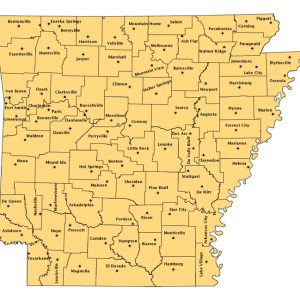 County Seats Map
County Seats Map
Courier-Index (Marianna)
Courting Miss Hattie
Cove Creek Bridge
 Cove Creek Bridge
Cove Creek Bridge
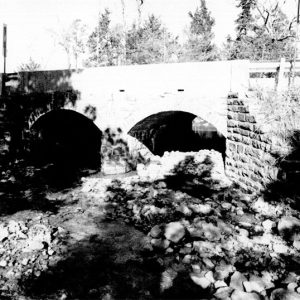 Cove Creek Bridge
Cove Creek Bridge
Cove Creek Tributary Bridge
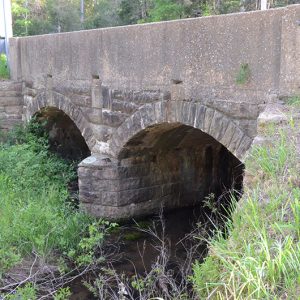 Cove Creek Tributary Bridge
Cove Creek Tributary Bridge
Cove Lake Bathhouse
Cove Lake Spillway Dam/Bridge
aka: Cove Creek Spillway Bridge
Cove Tourist Court
 Covenant, Sword and Arm of the Lord's FBI File Document
Covenant, Sword and Arm of the Lord's FBI File Document
 COVID Hoax Graffiti
COVID Hoax Graffiti
 COVID Sign
COVID Sign
Cowie Wine Cellars
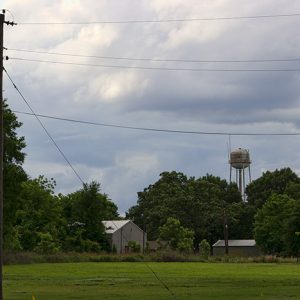 Coy Water Tower
Coy Water Tower
Craighead County Courthouse, Western District
Craighead County Jonesboro Public Library
 Craighead County Map
Craighead County Map
 Cranes
Cranes
 Crawfish
Crawfish
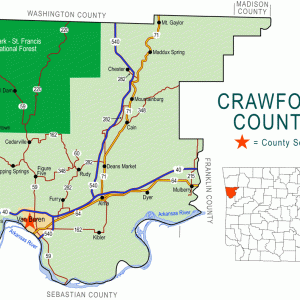 Crawford County Map
Crawford County Map
 Maud Robinson Crawford Reward Poster
Maud Robinson Crawford Reward Poster
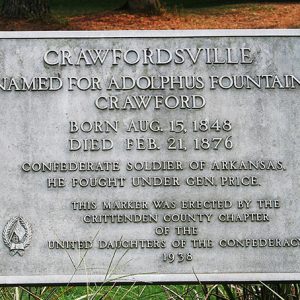 Crawfordsville Sign
Crawfordsville Sign
 Crayfish Chimney
Crayfish Chimney
Crazyhorse
aka: Crazy Horse
aka: swamp pink
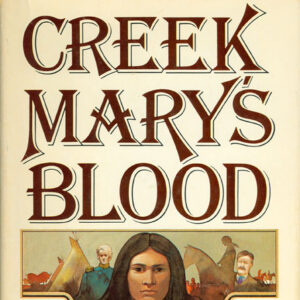 Creek Mary's Blood by Dee Brown
Creek Mary's Blood by Dee Brown
 "Crépuscule," Performed by Barbara Hendricks
"Crépuscule," Performed by Barbara Hendricks
Crescent College and Conservatory
 Crescent College Uniform
Crescent College Uniform
 Cribraria cancellata
Cribraria cancellata
 Cricket Frog
Cricket Frog
 Crickets and Grasshoppers
Crickets and Grasshoppers
Crisis at Central High
 Crisis at Central High Actors
Crisis at Central High Actors
Crisis Pregnancy Centers
Crittenden County Courthouse
 Crittenden County Map
Crittenden County Map
Cromwell Architects Engineers, Inc.
Crop Circles
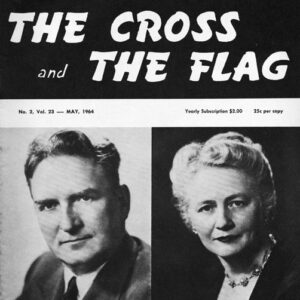 The Cross and the Flag
The Cross and the Flag
 Cross County Map
Cross County Map
Cross Hollow (Camp)
Crossett Light
Crossett Lumber Company
 Crossroad Fire Tower
Crossroad Fire Tower
 Crow Memorial
Crow Memorial
 Andy Crum Bank Note
Andy Crum Bank Note




